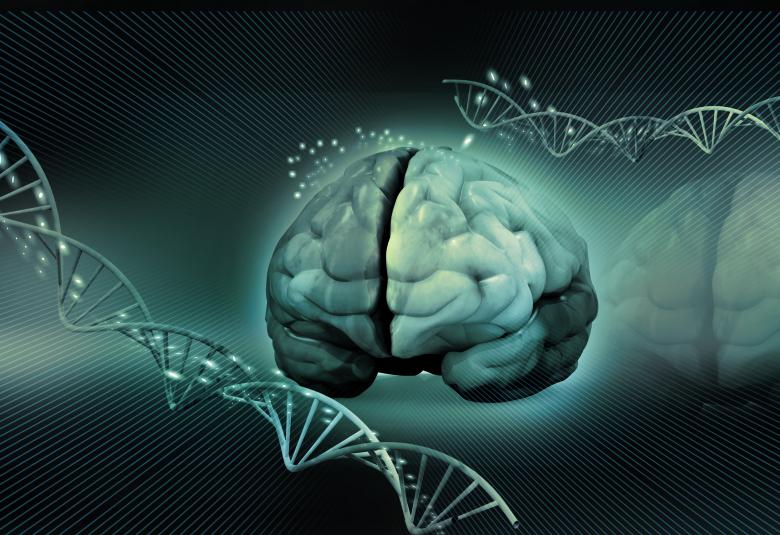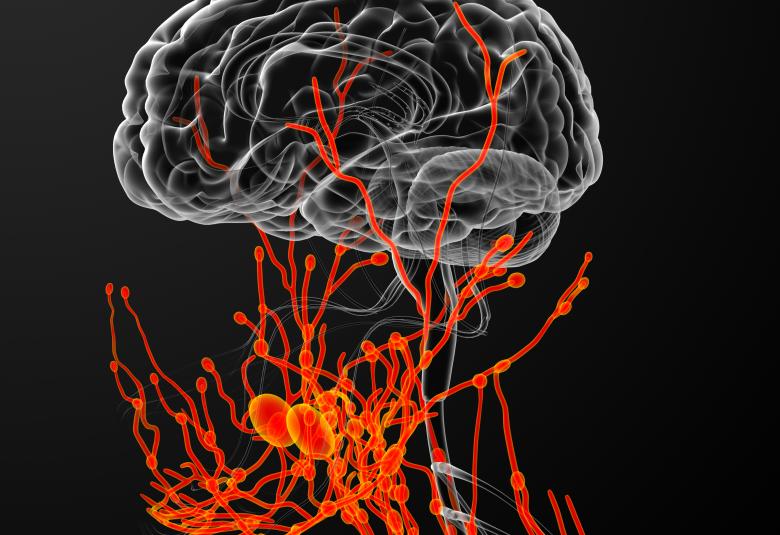Ethics seeks to resolve questions of human morality by defining concepts such as good and evil, right and wrong, virtue and vice and justice and crime. While ethics has been debated for centuries, at the end of the day, as Wolfgang Oertel, Germany, neatly summarized, it essentially boils down to one defining principle for the clinician. “Would you recommend the procedure (diagnostic or therapeutic) to the person you love most?”
However, with modern medicine’s accelerated pace of discovery, how is ethics being effectively practiced today?
Ethics seeks to resolve questions of human morality by defining concepts such as
- Good (help without harm)
- Right (follow consented, best evidence-based recommendations)
- Virtue – (temperance, prudence, courage and justice – make a decision based on these four qualities in a situation which is not regulated or despite a regulation)
- Justice – (always follow the law?)
Ethics seeks to resolve questions of human morality by defining concepts such as
- Good (help without harm)
- Right (follow consented, best evidence-based recommendations)
- Virtue – (temperance, prudence, courage and justice – make a decision based on these four qualities in a situation which is not regulated or despite a regulation)
- Justice – (always follow the law?)
The pros and cons of IRBs
Currently, deciding what is ethically-acceptable involves internal review boards (IRB), independent ethical committees or ethical review boards – agencies established to protect the rights and welfare of human research subjects usually within the institution in which the research is being undertaken. When dealing with research into novel technologies, stem cell therapy or antisense oligonucleotides, Dr Oertel’s questioned whether it is possible for such local bodies to be effective.
In his opinion, their main concern seems to be power calculations and effect size. IRB decisions depend on the ethical views, interests and scientific qualifications of its members. Problematically, IRBs in multicenter trials reach different conclusions.
Maybe it’s time to take a more international, overall approach to ethical approval in these types of investigational procedures, he suggested.
IRBs in multicenter trials reach different conclusions
Genetic testing with next generation sequencing
Due to the fast pace of discovery of novel disease genes using sequencing techniques, testing for underlying disease mutations is already part of neurological care and diagnosis, Christine Klein, Germany, reported. However, with this high diagnostic yield of information come ethical challenges.
|
Sequencing techniques used to detect disease |
|---|
|
Genetic testing – high diagnostic yield
Genetic diagnosis can be of great benefit in some situations. For example, having a diagnosis means a lot to some patients even if nothing can be done for them. Additionally, a correct diagnosis can avoid harm as evidenced by case of a women who underwent extensive foot surgery in an attempt to correct her foot problems when in fact she had early onset PARK PINK1 gene –associated Parkinson’s disease.
Munchhausen by genetics
However, clinicians need to be alert as simply using genetic sequencing does offer diagnostic challenges some of which are not that obvious. For example, Zittel et al. reported a diagnosis of Munchausen by genetics in which a patient suffering from this psychological disorder which manifests as unexplained physical symptoms, manipulated genetic test reports to give the impression of an underlying genetic cause.1
Data aren’t missing – they haven’t been reported
Data missingness can also create problems of interpretation, as Professor Klein explained. The MDSgene project has been gathering data on all the dystonias it possibly can find. The problem Kasten et al. uncovered was that missing data were being interpreted as the absence of a feature rather than details of that feature not having been recorded. Furthermore, the data reported in review articles did not match actual data available on searchable databases. Thus, the systematic reporting of phenotypes is increasingly urgent as molecular genetic testing become ever more widely available and as gene-specific therapies enter clinical trials.2
The systematic reporting of phenotypes is increasingly urgent as molecular genetic testing become ever more widely available
Ethnicity can also be problematic when undertaking genetic sequencing for diagnosis. For example penetrance of the LRRK2 G2019S variant responsible for PD can differ between different ethnic background meaning that for example age of onset of disease also differs.
And sometimes genes ‘defects’ simply don’t cause symptoms. If the presence of a genetic ‘defect’ is not definitive of disease, what do you tell the patient? How does this impact presymptomatic testing or predictive testing? Most patients don’t really think about the potential impact of genetic testing until after it has happened. In all cases, Dr Klein believes genetic counselling and therapy is mandatory for precisely this reason.
Follow the link to the Lundbeck Institute Campus if you want to read a more in deep feature about the The ethics of Preclinical Diagnosis
Sometimes genes ‘defects’ simply don’t cause symptoms so what do you report then – if anything?
Incidental findings and variants of unknown significance (VUS) are also likely to add further to the burden of the genetic counsellor. Every one of us carries 50-100 loss of function variants previously implicated in inherited diseases. 2.3% of the 13,595 single nucleotide variants carried by an average person impact on protein function. That’s around 313 genes per human genome. Interpretation of test results was far simpler in the past. In the future, interpretation of these newly acquired sequencing data is going to be challenging.
To know or not to know?
Should data uncovered as incidental findings and VUS be shared with the patient? Can the results obtained be trusted and will it make any difference? After all, if ‘disease’ variants are found in 44 centenarians, how meaningful is disclosure likely to be? 3
Recommendations for the reporting of incidental findings have been made, but clearly the ethical implications for disclosure of data uncovered by sequencing are vast.4
Meaningful test – or just another futile fishing trip?
“Diagnostic accuracy rests on the competence and judgement of the clinician, not the test.” This was the conclusion reached by Beomsoek Jeon, South Korea, at the end of a talk entitled ‘The role of the clinician in the era of advanced diagnostic testing’.
Diagnostic accuracy rests on the competence and judgement of the clinician, not the test
As Professor Jeon neatly explained, the sensitivity and specificity of test properties’ do not change with disease incidence. The tests’ positive predictive value (PPV) is, however, affected by the prevalence of the disease within the population. Therefore, clinicians need to understand what the pre-test probability means in terms of PPV i.e. what the test results mean before conducting the test.5 As he concluded, “Conducting diagnostic testing is like undertaking a fishing trip – often it can be a futile exercise!”




